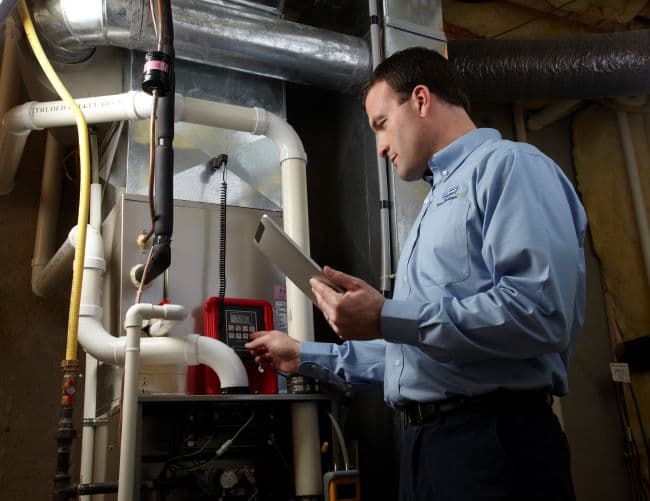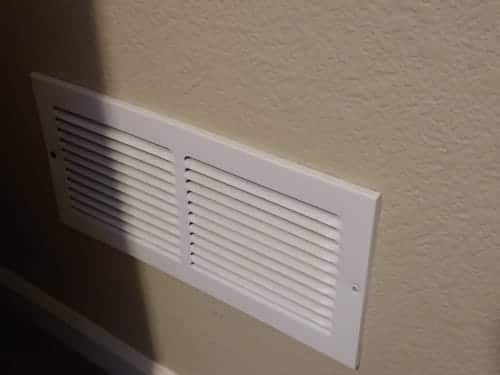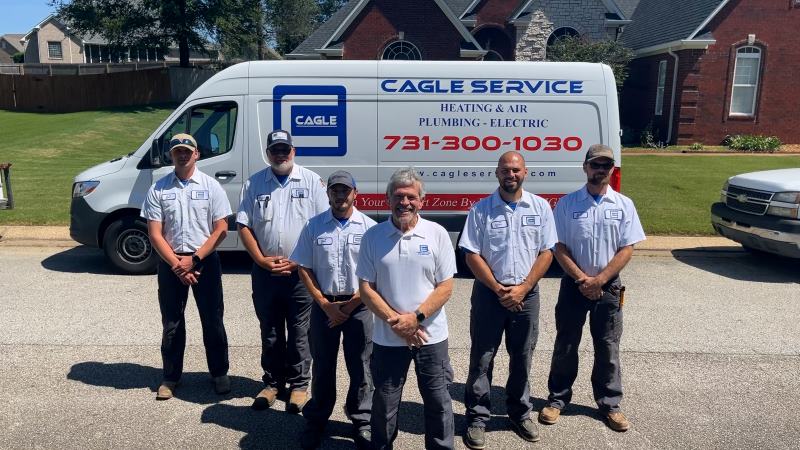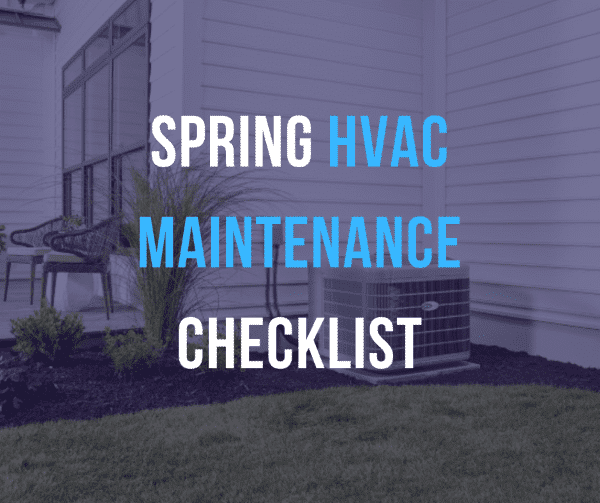With Spring approaching, we decided to put together a Spring HVAC Maintenance Checklist to help you prepare for the warmer months ahead. We’ve put together some simple tasks that can be accomplished by the average homeowner (or business owner). By following the tasks in the checklist below, you can do your part to ensure that your air conditioner is ready to go for Spring and Summer.
Let’s get started with the checklist!
1) Check the Air Filter
The first thing you want to do is to check your furnace’s/air handler’s air filter. One of the most common causes of major repairs and increased energy bills is a dirty or clogged air filter. Follow the steps below to proceed:
- First, turn off your furnace or ac system at the thermostat. Simply set the setting to “off”.
- Check your air filter and determine if it is dirty or clogged. If the filter is dirty or if it hasn’t been replaced in the last 90 days, go ahead and replace it.
If you aren’t sure where the air filter is located, it is going to be with the furnace or air handler. The furnace/air handler is typically located in a closet indoors, the garage, or in the attic. The video below should provide you with some basic understanding of where the filter is located and how to inspect it and change it.

If you still can’t seem to find the air filter, call your local HVAC company. They should be able to assist you.
Related: How Often Should You Replace Your AC Filter?
2) Inspect the Outdoor AC Unit
Depending on where you live, your outdoor unit can get covered with all kinds of debris and other nuisances. It’s important to make sure that your outdoor unit is free from all forms of debris such as tree limbs, leaves, pollen and large amounts of dirt. To accomplish this, we recommend performing the tasks below.
- Inspect the outdoor AC unit for tree limbs and leaves. Remove any limbs or leaves that are on or around the unit. Try to provide a clear path of about 2 feet around the unit.
- If there are trees or shrubs laying on or against the unit, trim them as needed.
- Inspect the outdoor AC unit for any large amounts of dirt or pollen that has built up on the unit. Wash off the dirt or pollen or use a brush to clean it off.
Perform this task every week or two to keep the outdoor unit clear of any harmful debris. This can help prevent unnecessary breakdowns and the need for ac repair services.
3) Inspect Your Registers and Vents
Inspecting your HVAC registers, also known as return vent covers, helps keep extra dirt and dust out of your air filter. It also helps prevent any hindered airflow to your HVAC system.
Registers look like vent covers, but are actually used to pull in air into the furnace/air handler. It’s wise to keep these clear of dirt, dust, and any items that can hinder airflow.

Follow the steps below to inspect and clean your registers and vents:
- Inspect your registers and if they have dirt or dust built up on them, go ahead and wipe them off.
- Check behind large items, such as furniture, and make sure all of your registers have plenty of room to pull in air.
- If you’d like, go ahead and clean off any dust or dirt that might be on your vent covers as well.
4) Consider Professional HVAC Maintenance
So far, we have shared some simple HVAC maintenance tasks that can be accomplished by most people. But, don’t stop there. Have a professional come out and perform preventive HVAC maintenance as well. A trained HVAC professional will be able to inspect, clean, and perform tasks that the average person cannot. They will know what to look for and how to perform the proper maintenance tasks effectively.
How Often Should HVAC Maintenance be Performed?
Preventive HVAC maintenance should be performed at least twice a year – once in the Fall and once in the Spring. This ensures that your HVAC system (both your air conditioner and furnace) are prepared to perform for their corresponding seasons.
What Does HVAC Maintenance Include?
Preventive maintenance tasks covered by most professional HVAC companies include:
- Inspecting the coolant levels and pressure
- Inspecting the air filter and changing it if needed (if you don’t want to do it yourself)
- Checking and adjusting the thermostat
- Inspecting wiring, contacts, capacitors, and relays
- Checking and cleaning the evaporator coil
- Inspecting and cleaning the condenser
- Inspecting the condensate drain
- Checking the outdoor disconnect
- Inspecting the condenser fan motor and blades
- Checking the compressor at startup
As you can see, there are a lot of extra maintenance steps that are essential to keep your air conditioner running at its peak ability. And what better time to have these tasks performed than in the Spring, before it gets hot?
Related: What is Preventive Maintenance?
Benefits of Spring HVAC Maintenance
Some of the benefits of performing HVAC maintenance on your air conditioner in or before the Spring include:
- Air conditioner operating at its peak ability
- Helping prevent major breakdowns and repair costs
- Ensuring airflow is unhindered
- Maximizing the efficiency of your unit (saving money)
- Ensuring the ac unit is clean and free of debris
- Peace of mind knowing that your ac system has been inspected and maintained by a professional
If you follow the 4-step Spring HVAC Maintenance Checklist above, your air conditioner will be in a prepared state entering the Spring and Summer months. That’s a pretty nice place to be if you ask me!
We hope this checklist has provided you with some helpful tips regarding maintenance for your HVAC system. If you live in or around the Jackson, TN area and would like a professional to perform preventive maintenance on your air conditioner, give us a call at 731-300-1030.
Do you have any other tips or tasks that can be included in our checklist? We’d love to hear them. Feel free to share them in the comment section below!



